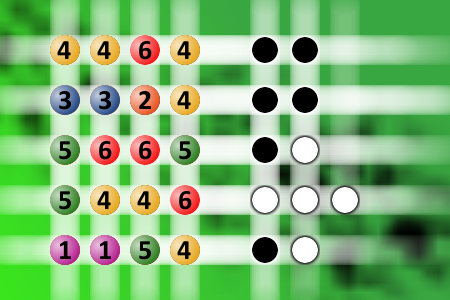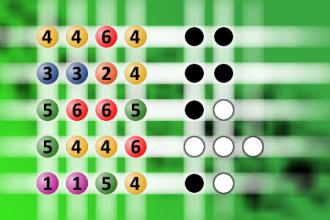Find the right combination
The computer chose a secret code (sequence of 4 digits from 1 to 6). Your goal is to find that code. Black circles indicate the number of hits on the right spot. White circles indicate the number of hits on the wrong spot.Correct answers: 22
The first user who solved this task is Nasrin 24 T.
#brainteasers #mastermind

Two Elderly Gentlemen
Two elderly gentlemen, who had been without sex for several years, decided they needed to visit a cat-house for some tail..... When they arrived, the madam took one look at them and decided she wasn't going to waste any of her girls on these two old men.
So she used "blow-up" dolls instead. She put the dolls in each man's room and left them to their business. After the two men were finished, they started walking home and began to talking. The first man said, "I think the girl I had was dead. She never moved, talked or even groaned... how was it for you?"
The second man replied, "I think mine was a witch. When I nibbled on her breast..... she farted and flew out the window!"

